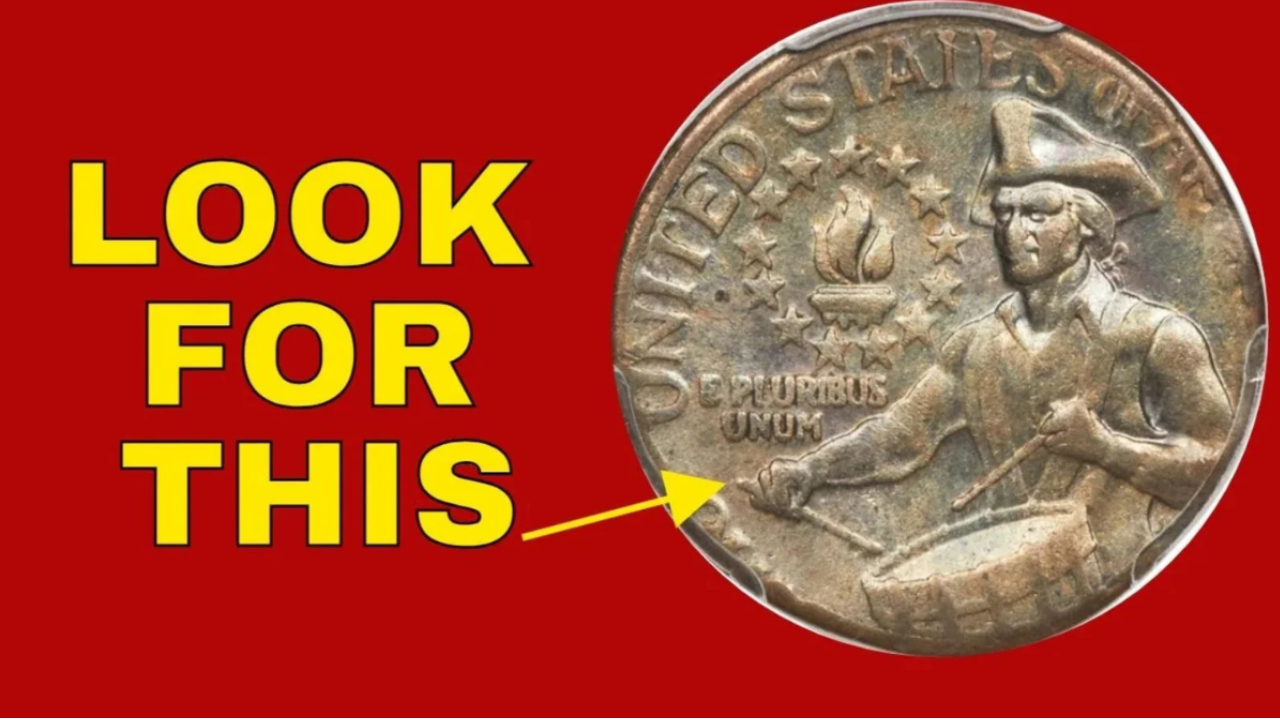Rare Bicentennial Quarter:Rare: Many of us rarely think about the loose coins tinkling in our pockets, but imagine if one of those coins could be very valuable? That’s exactly the case with a rare Bicentennial quarter – which has been valued at an incredible $11 million. That’s right. Although most of these quarters are worth just 25 cents face value, some rare coins have become famous in the world of coin collecting.
What is special about the Bicentennial Quarter?
But here’s the thing: Not all Bicentennial quarters are created equal. While most of them are worth just face value, some rare editions have sent collectors into a frenzy, fetching millions of dollars at auction. But here’s the thing: Not all Bicentennial quarters are created equal. While most of them are worth just face value, some rare editions have sent collectors into a frenzy, fetching millions of dollars at auction.
Why is a Bi-Centennial quarter worth $11 million?
If you’re wondering how a simple quarter can be worth a fortune, it all depends on a few key factors:
- Minting errors – Mistakes made during the minting process, such as double strikes, off-center prints or missing details, can make a coin incredibly rare and valuable.
- Silver composition – Most Bicentennial quarters were made from a copper-nickel mix, but some were made in pure silver – which was a huge game-changer for collectors.
- Perfect condition – MS-67 or higher (basically flawless, never in circulation) coins can skyrocket in value.
- Historical significance – Since this quarter celebrates America’s 200th birthday, collectors are always looking for unique, high-value versions.
The rarest and most valuable Bicentennial quarters are those that have a combination of these characteristics, leading one quarter to reach a staggering price of $11 million.
How to Know if You Have a Valuable Bicentennial Quarter
So, how do you know if that coin in your change jar is just a coin or a hidden treasure? Here’s what you need to check:
Look at the date and design – it should have a double date of “1776-1976” and a colonial drummer on the reverse.
Check for mint marks – if there’s an “S” mint mark (which means it was minted in San Francisco), it may be silver.
Look for errors – look closely for any double strikes, misprints or off-center designs – these can add a lot of value.
Weigh it – a regular copper-nickel quarter weighs 5.67 grams, while a silver one weighs a little more.
Get it professionally appraised – if you think you have something special, a professional coin grading service can confirm its authenticity and value.
Where Can You Sell Rare Bicentennial Quarters?
If you hit the jackpot and find a rare coin, don’t take it to your local bank—you want to sell it where collectors are actively looking to buy it. Here are your best options:
- Online auctions – Websites like eBay, Heritage Auctions and GreatCollections attract serious coin buyers.
- Coin dealers – A professional dealer can evaluate your coin and make you an offer on the spot.
- Coin shows and collectors’ events – These are great places to meet collectors who are willing to pay more.
- Numismatic societies – Joining a coin collecting group can connect you with experts who can help you get the best price.
The bottom line Bicentennial quarters are a part of American history, and while most of them are just pocket money, some rare coins have made ordinary people millionaires. Could one of these valuable coins be hiding in your change jar? It’s always a good idea to check. The next time you’re sorting through your leftover change, keep an eye out—you might have a lot of change on hand.
FAQs – Rare Bicentennial Quarter worth $11 million is still in circulation
1. Why is this Bicentennial quarter worth $11 million?
This is a rare error coin, likely struck on a silver planchet with unique minting anomalies, making it extremely valuable to collectors.
2. How do I know if I have the $11 million quarter?
Check for the “1776-1976” date on the coin, the silver color instead of the standard copper-nickel, and possible doubling or striking errors.
3. Is this rare coin really still in circulation?
Yes – experts believe it was never removed from circulation and may still be hidden in everyday pockets.




